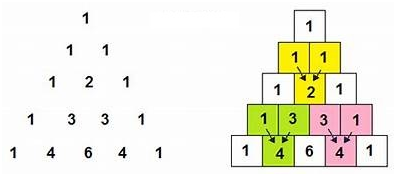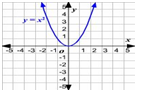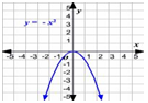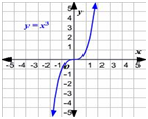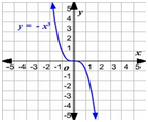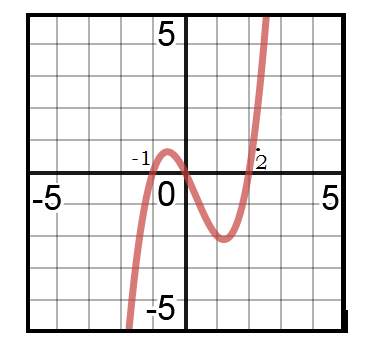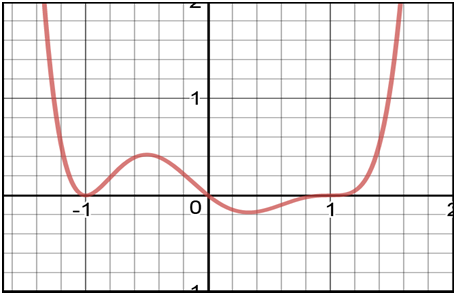Pascal’s Triangle and Binomial Theorem
An algebraic expression containing two terms is called binomial expression. The general form of the binomial expression is (x+a) and the expansion of , where n is a natural number, is called binomial theorem. It gives a formula for the expansion of the powers of binomial expression.
The coefficients in the binomial expansion follow a specific pattern known as Pascal’s triangle.
Following are some important features of Pascal’s triangle.
–Each row is bounded by 1 on both sides.
-Any entry except first and last, is the sum of two entries in preceding row , one on the immediate left and other on immediate right.
Here are some examples using Pascal’s triangle.
Example1. Expand using Pascal’s Triangle.
Solution: For n=3 , the numbers in 4th row of Pascal’s triangle are 1,3,3,1. Using them we get,
Example2. Expand using Pascal’s Triangle.
Solution: For n=5, the numbers in the 6th row of Pascal’s Triangle are 1,5,10,10,5,1.
Important: Each term has combined power same as n, i.e sum of powers in each term is same as n.
Exponent of first term in binomial expansion start with n and keep on decreasing till it reaches to 0 in last term, same way exponents of second term start with 0 and keep on increasing till it reach to n in last term.
General formula for Binomial Theorem
Some important conclusions from the Binomial Theorem:
- Total number of terms in binomial expansion is n+1.
- The coefficients of terms equidistant from the beginning and end are equal. These coefficients are known as binomial coefficients.
- The terms in the expansion of
are alternatively positive and negative first being positive always.
- The coefficient of
in (r+1)th term in the expansion of
is
.
Pascal’s Triangle is not easy to use as it is not easy to memorize or draw Pascal’s triangle every time for large value of n so here combination formula comes handy. This is also called binomial coefficient formula and is represented as .
Combination formula:
Example:
Formula for rth term in binomial expansion:
Example3. Find 13th term in the expansion of
Solution:
= 18564
Example4. Find a, if 17th and 18th terms in the expansion of are equal.
Solution: Using formula for rth term in binomial expansion,
Given that,
( cancelled 50! from both sides)
1 =a
Example5. Find 4th term from the end in the expansion of
Solution: Clearly, the given expansion contain 8 terms.
So, 4th term from end = (8-4+1) =5th term from the beginning.
So, required term
Example6. Find the middle term in the expansion of
Solution: Here n=10 which is an even number. So = 6th term is the middle term. Hence middle term is,
Note: When n is odd then there are two middle terms given as,
and
For example when n is 7 then there are two middle terms
and
Example7. Find the term independent of x in the expansion of
Solution: Let (r+1)th term is independent of x in the given expression.
This term will be independent of x if ,
20-5r = 0
r = 4
Therefore,(4+1)=5th term is independent of x.
Practice problems:
- Find 7th term in the expansion of
- If the coefficients of (2r+4)th and (r-2)th terms in the expansion of
are equal, then find r.
- Find the term independent of x in the following expression.
- Find the middle term in the expansion of
Answers:
1)
2) r = 6
3) 1792/9
4) -252

